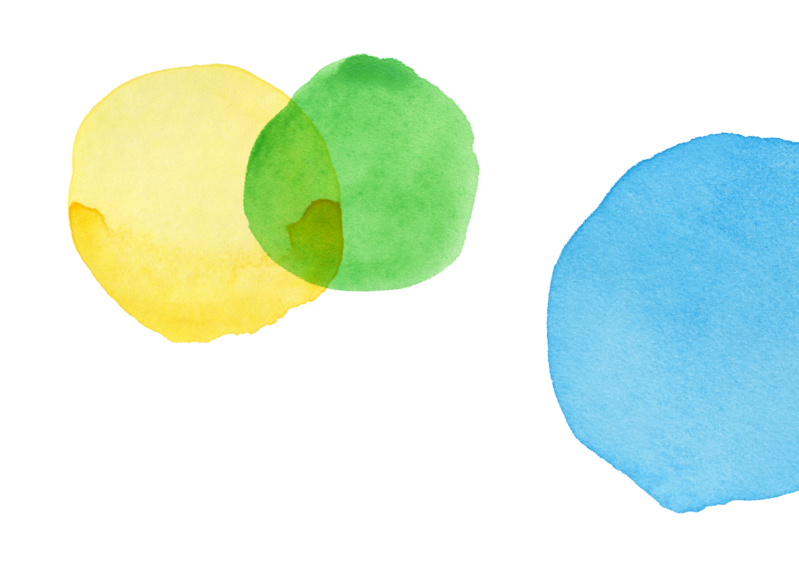Grade 3 - Claim 1 - Target J

 Back to Results
Back to ResultsClaim 1
Concepts and Procedures
Standards
MD-8
Solve real world and mathematical problems involving perimeters of polygons, including finding the perimeter given the side lengths, finding an unknown side length, and exhibiting rectangles with the same perimeter and different...
Clarifications
Tasks associated with standard (3.MD.D.8) will assess students’ ability to solve real-world and mathematical problems involving perimeters of polygons, including finding the perimeter given the side lengths, finding an unknown side length, and exhibiting...
Range Achievement Level Descriptors
Evidence Required
1
The student solves real-world and mathematical problems involving finding the perimeter of a polygon given the...
2
The student distinguishes between area and perimeter of a rectangle.
Item Guidelines

Depth of Knowledge
M-DOK1
Recall includes the recall of information such as fact, definition, term, or a simple procedure, as well as performing a simple algorithm or applying a formula. That is, in mathematics a one-step, well-defined, and straight algorithmic procedure should be...
Allowable Item Types
- Equation/Numeric
Allowable Stimulus Materials
None
Key/Construct Relevant Vocabulary
perimeter, quadrilateral, rectangle, area, polygon, plane figure
Allowable Tools
None
Target-Specific Attributes
None
Accessibility
Item writers should consider the following Language and Visual Element/Design guidelines [1] when developing items. Language Key Considerations: Use simple, clear, and easy-to-understand language needed to assess the construct or aid in the understanding of the...
Development Notes
Using the perimeter and one side length to find the length of the other side will be assessed in Claim 2.


Task Models
Task Model 1

Item Types
Equation/NumericDepth of Knowledge
M-DOK1Standards
MD-8
Target Evidence Statement
The student solves real-world and mathematical problems involving finding the perimeter of a polygon given the side lengths.
Allowable Tools
None
Task Description
Prompt Features: The student is prompted to identify the perimeter of a polygon in mathematical or real-world context. Stimulus Guidelines: Follow any stated guidelines on allowable number ranges. Item difficulty can be adjusted via these example methods: All...
Stimulus
The student is presented with a mathematical or real-world perimeter problem and is prompted to find the perimeter.
Example 1
Example Stem 1: The length of each side of the polygon is shown.

Enter the perimeter, in inches, of the polygon in the response box.
Rubric: (1 point) The student correctly enters the perimeter of the shape (e.g., 11).
Example 2
Example Stem 2: Ms. Smith needs to find the perimeter of her rectangular garden. She wants to put a fence around her entire garden. Her garden measures 8 feet by 4 feet as shown.

Enter the perimeter, in feet, of the garden in the response box.
Rubric: (1 point) The student correctly enters the perimeter of the shape (e.g., 24).
Example 3
Example Stem 3: The rulers give the measurement for two sides of the rectangle.

Enter the perimeter, in inches, of the rectangle in the response box.
Rubric: (1 point) The student correctly enters the perimeter of the shape (e.g., 26).
Example 4
Example Stem 4: The rectangle shown has side lengths 6 centimeters and 2 centimeters.

Enter the perimeter, in centimeters, of the rectangle in the response box.
Rubric: (1 point) The student correctly enters the perimeter of the shape (e.g., 16).

